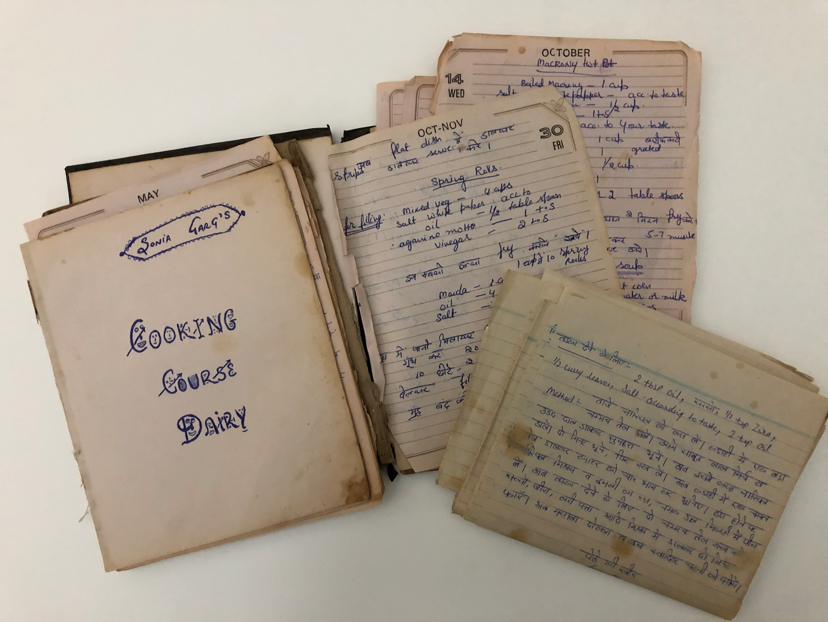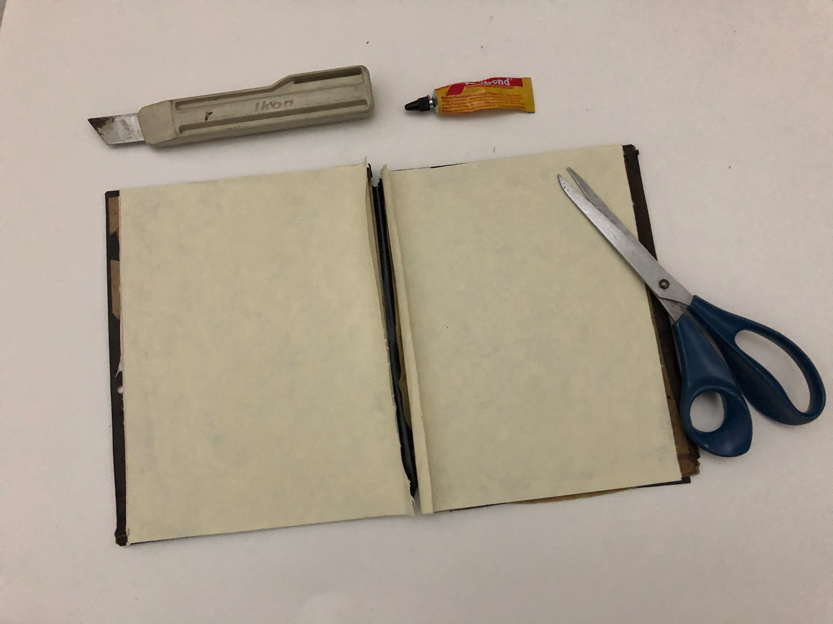In her writing, Print Culture and Decolonising the University – Marie Battiste argues that ‘Indigenous Literacy’ has been denigrated by modern social researchers through imperialistic modern education. Her arguments put light on how and why aboriginal languages are being destroyed by Eurocentric philosophies.
We were introduced to this reading in our design dialogues class, and I was particularly impacted by the arguments because I could relate this to the socio-political happenings in my country, India, right now. The hate crimes and the discrimination against the minority Dalit and Muslim communities based on the kind of food they eat, the clothes they wear, and their language have become very prevalent in recent months. And the root cause of all that lies in the fundamental design myth that the article talks about – branding communities as ‘illiterate savages’ who are not capable simply because they do not fit into the modern boundaries of literacy. Another phenomenon to note is that how parents these days stress of getting their kids into an English medium school where the course curriculum is extremely Eurocentric (I was introduced to Shakespeare as a kid before any readings from an Indian author).
This thought coupled with my actions revolving around food so far in the studio, I started to think about how this Eurocentrism has trickled down into our choice of shelter, clothier, education and even food. As a millennial, I know more about western cuisines as compared to the histories of the cuisines from my own motherland. I prefer to cook and eat that over exploring the intricacies of the cuisine that is indigenous to my land.
So to change that, I had a conversation with my mother and she showed me a 30 year old handwritten cookbook where she had documented all the Indian recipes my grandmother had taught her. I was so excited to hold this piece of my family’s culinary history in my hand


As exciting as this was, it also broke my heart to see the condition of the forgotten treasure trove. I wanted to learn and cook every recipe in it. But before doing that, I decided to restore this piece of of our history to a usable condition.

So with Marcia’s guidance and a little YouTubing – I learnt how to do a quick book restoration at home using some simple tools. I started off by arranging all the loose pages in order, pressing them down and lining them up perfectly with each other.
The next step was to simply glue the text block together, repair the leather cover and attach new paper holder to either side of the main cover.
Once the glue work dried, I simply attached the text block to the restored covering and cut up an old piece of clothing to create a new covering for the book.
After the glueing and the covering had set, I presented the final book to my mother who was overjoyed to see the book preserved and in an almost good working condition. This small action gave her the push to explore these old recipes again and got me in touch with a part of my original roots as well.







